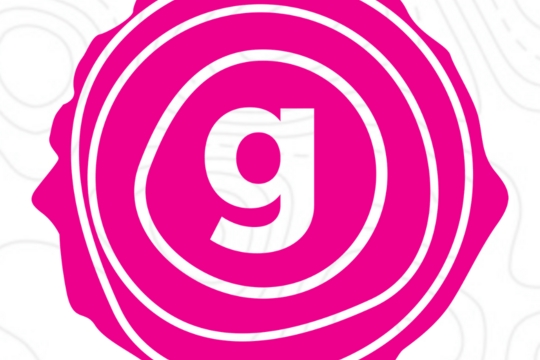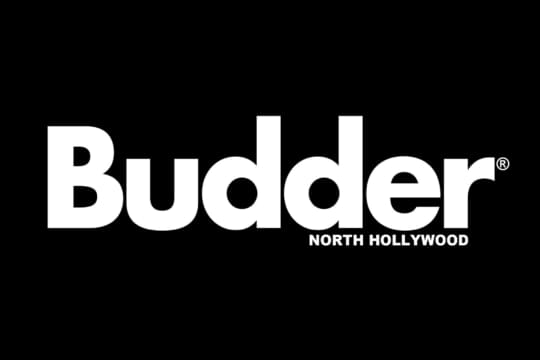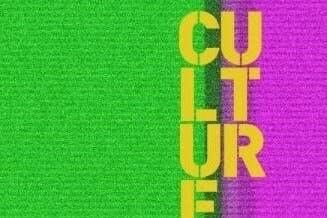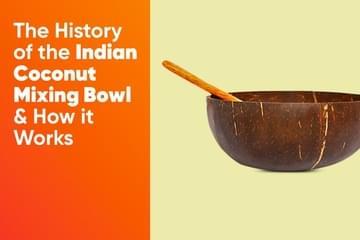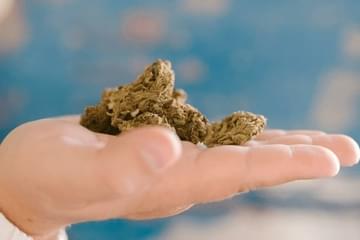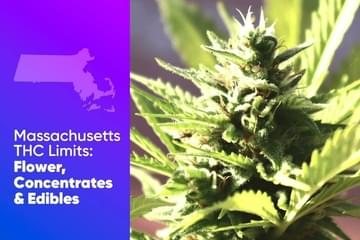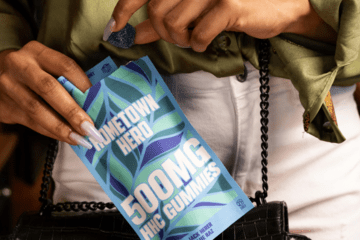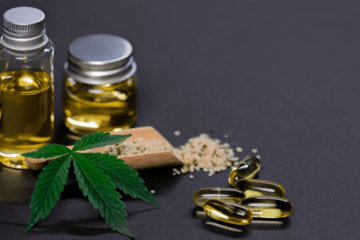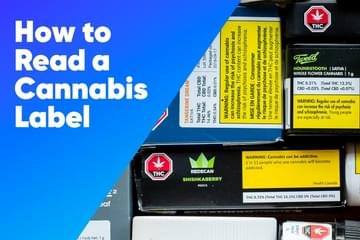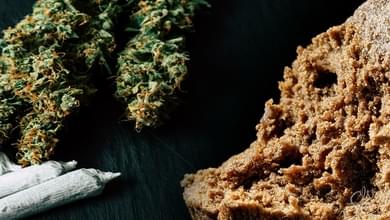
What is Hash?
Published on 6/18/19
Updated: Feb 24, 2022
Cannabis hash - or hashish - often conjures up stereotypical images of dark and mysterious lounges in North Africa or on the Indian Subcontinent, smoke-filled rooms packed with different languages, cultures, and people all gathered for the singular purpose of enjoying a public session. What many might not know, however, is that hashish is likely one of the oldest forms of cannabis consumption. In fact, this popular type of cannabis resin has been used for a variety of purposes for millennia. Even today, hash and other types of cannabis concentrates remain desired and highly sought after, with new evolutions of the product emerging as the industry continues to mature. But many might still wonder, however, what exactly is hash? How is it made, how do you use it, and what's the history of it? Thankfully, we here at Where's Weed have your back when it comes to answering all of those burning questions. So without too much further ado, let's get right into it!
What is Cannabis Hash?
Simply put, hash is a concentrated resin made from the flowering tops of female weed plants. The resin contains trichomes (tiny glandular hairs) and the trichomes contain cannabinoids, like THC, and terpenes, which are often fragrant and tasty. Traditionally, this resin has been compacted into the tacky blocks or sheets that we know as hashish. Hash has a storied history and remains a critical cultural component across large swaths of the planet, including India, the Middle East, Turkey, Europe, North Africa, and parts of the Caribbean, as well as remaining a staple for cannabis aficionados here in the West.
What is the History of Hashish?

While there is evidence that hashish use goes back to around 1,000 B.C., its use gained popularity around 1,000 A.D. when the Islamic Empire encompassed much of Asia, Africa, and the Middle East. Although fermented liquid intoxicants like wine, beer, and most other forms of alcohol were, and still are, forbidden in Islamic society, cannabis and hash (known widely as "kif" - more on that later) were not. Hashish and cannabis enjoyed a special position in the Arab world and because smoking tobacco was not yet a major cultural practice, hashish was primarily eaten in order to enjoy its effects. That's right guys, edibles were widely popular back in ancient times as well!
As global trade began to flourish, and routes such as the Silk Road and the Spice Route began to solidify the link between East and West, cannabis hash started to show up in new corners of the world. Western doctors used it as a type of cure-all to address anything from depression, general aches and pains, malaria and diarrhea, to muscle spasms, migraines and insomnia. A group of distinguished writers and philosophers in 19th Century Paris (Dumas, Balzac, Baudelaire, Hugo, etc.) formed the Club des Hashischins and embraced hashish as a mind-expanding, creative intoxicant.
Fast-forward to the 1960s and 1970s, when parts of the Middle East and India where hashish was cheap and readily available and became popular with Western travelers on the hippie trail ready to, "Be Here Now." These days, hash remains popular in Europe because compared to weed, it's easier to transport, it has excellent durative strength and the E.U. is very close to hash-producing regions like Morocco.
How is Hash Made?
There are various ways to make hashish, but the most common is by rubbing the crystals, also known as kief, with your fingers and hands until it forms a dense, thick paste. The paste is then scraped off and pressed. From there, a heat source is often used to facilitate the pressing process. In some cases, a grinder is used to separate the crystals from the flower. All and all, making hash is a pretty simple process from start to finish.
What is Kief?

Kief (most likely known as such due to its similarity to "kif" - see above) is the substance made up of the exotic crystals that you see on cannabis flowers. Those crystals - or trichomes - produce hundreds of known and well-studied cannabinoids including tetrahydrocannabinol (THC), which is the main psychoactive component of cannabis. If you don't want to make hash, you can just smoke the kief, use it to make butter, etc. The heat from the liquid will activate the cannabinoids. Plants can also be dried for extended periods of time and then rubbed with fabric to extract the alluring resin from the cannabis flowers. Kief is not only your all-purpose cannabis concentrate; it is the OG of cannabis concentrates.
Are There Different Kinds of Hash?
Now that we've gotten the basics out of the way, let's do a little bit of a deep dive into what types of hash there are and how to actually use them. First, we have dry sift hash.
Also called dry sieve, this type of hash is basically a collection of refined and concentrated resin glands from the cannabis flower. This separation of those resin glands is done thanks to a series of fine mesh screens, sifting, grinding, and rubbing the cannabis flower out to create a substance similar to kief. This powdery substance is often used to add potency to bowls, joints, or other types of activities where smoking cannabis flower is involved, adding a kick of potent cannabis power and taking pretty much any experience up a few notches. It can even be pressed into traditional, very potent hash or transformed into a rosin to be used in dab rigs. Overall, this is a versatile form of hash that can be used to take pretty much any smoke session to the next level.
Another way to produce hash is to make "Bubble Hash," a type of hashish made using ice water. To start, cannabis flowers are submerged in the ice water and frozen. Once frozen, they are separated from the flowers and filtered using mesh bags or screens. When it's dried, the result is a substance known as bubble hash and can reach THC levels of 70 percent to 80 percent. The consistency of bubble hash varies, usually ranging somewhere between oily and greasy to dry and chalky. Either way, it can be used in standard joint, bong rips, and bowls, as well as being pressed into a rosin for those who swear by dabs as the best form of cannabis consumption. Either way, you're getting good quality hash that's fun to use.
Last but certainly not least, we have what is perhaps the most complicated form of hash making these is today. And that is probably why more advanced techniques like Butane Hash Oil (BHO) are gaining in popularity. BHO uses butane as a solvent to release the THC and the result is an oil that is a very pure form of hash that normally has a higher concentration of THC than bubble hash. BHO is also used to produce forms of hashish concentrates such as wax and shatter, which are growing in popularity with users on the daily!
How Do You Smoke Hash?

The key to smoking hash is heat. While there are numerous forms of hash out there, almost all of them require the same thing: high heat. Pipes and hookahs are the most popular means because they allow the user to sprinkle a bit of hashish on top of flower, or if using a screen, smoke the hash by itself. Outside of the United States where tobacco use is more common, hashish is usually rolled into a tobacco cigarette and smoked. Smoking joints with weed and hash is possible, but remember that the weed will burn more rapidly and you might lose the integrity of your spliff.
Looking for something more health-conscious and less wasteful? Reach for a vaporizer that will heat the hash to temperatures much higher than an open flame and keep any detrimental carbon smoke out of your system. The options go on and on, but the easiest way to smoke hash is to head to your favorite dispensary and pick up a hash oil cartridge and a vape pen. Technology can be a beautiful thing and the modern legal cannabis industry is full of it!
If you enjoy your relationship with weed but want to give hash a try, now is a great time to give it a go and make your own mark on the history of hashish. And it doesn't have to be hash vs. weed; hashish is a type of weed concentrate and the two go hand-in-hand. From kief to the most meticulously created oil, the opportunities are endless.
Are you a hashish enthusiast? How do you like to enjoy your tasty sticky resin? Share your story and experiences here!

